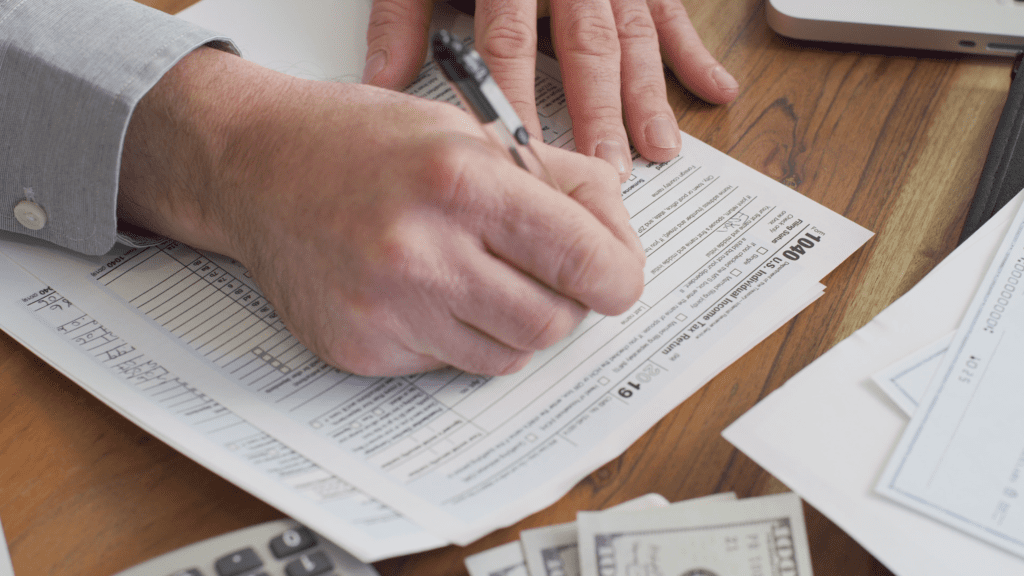
Selling your current home while simultaneously buying a new one can be daunting, but with careful planning and a strategic approach, you can ensure a smooth transition. In this blog post, we’ll discuss practical tips to help you align your home’s sale with purchasing a new one, minimizing stress and maximizing efficiency throughout the process.
- Start with a Clear Plan: Begin by outlining your goals and timeline for selling your current home and purchasing a new one. Determine your budget, desired location, and must-have features for your new home. Having a clear plan will guide your decisions and empower you, giving you a sense of control and helping you stay focused throughout the process. Coordinate with Real Estate Professionals: Work closely with a trusted real estate agent with experience in selling and buying homes simultaneously. They can provide valuable insights into market conditions, pricing strategies, and negotiation tactics. Additionally, consider hiring a real estate attorney to review contracts and ensure a smooth closing process.
- Timing is Key: Coordinate your home sale and new home purchase timing to minimize the gap between transactions. Aim to secure a buyer for your current home before actively searching for a new one. Alternatively, consider including a contingency clause in your purchase offer contingent upon selling your existing home.
- Consider Bridge Financing: If you need to buy a new home before selling your current one, explore bridge financing options. Bridge loans can provide short-term financing to cover the gap between purchasing your new home and selling your existing one, allowing you to move forward confidently.
- Prepare Your Home for Sale: Maximize the appeal of your current home by staging it effectively and addressing any maintenance or repair issues. Consider investing in professional photography and marketing materials to showcase your home in its best light. Pricing your home competitively and strategically can attract more potential buyers and expedite the selling process.
- Be Flexible and Open-Minded: Be prepared to be flexible and open-minded throughout the buying and selling process. You may encounter unexpected challenges or opportunities, so you must remain adaptable and willing to adjust your plans as needed.
- Have Contingency Plans in Place: While you may strive for a seamless transition between selling your home and buying a new one, it’s essential to have contingency plans in place for unexpected delays or complications. Consider temporary housing options or short-term rentals as backup plans if needed. These contingency plans can provide relief, knowing that you have a backup plan in case things don’t go as smoothly as planned. Stay Organized and Communicate Effectively: Maintain open lines of communication with your real estate agent, lender, and other relevant parties involved in the transactions. Stay organized by keeping track of important deadlines, documents, and milestones to ensure a smooth and successful outcome.
In Conclusion, Aligning the sale of your current home with the purchase of a new one requires careful planning, coordination, and flexibility. By following these tips and working closely with experienced real estate professionals, you can confidently navigate the process and achieve your homeownership goals.














































